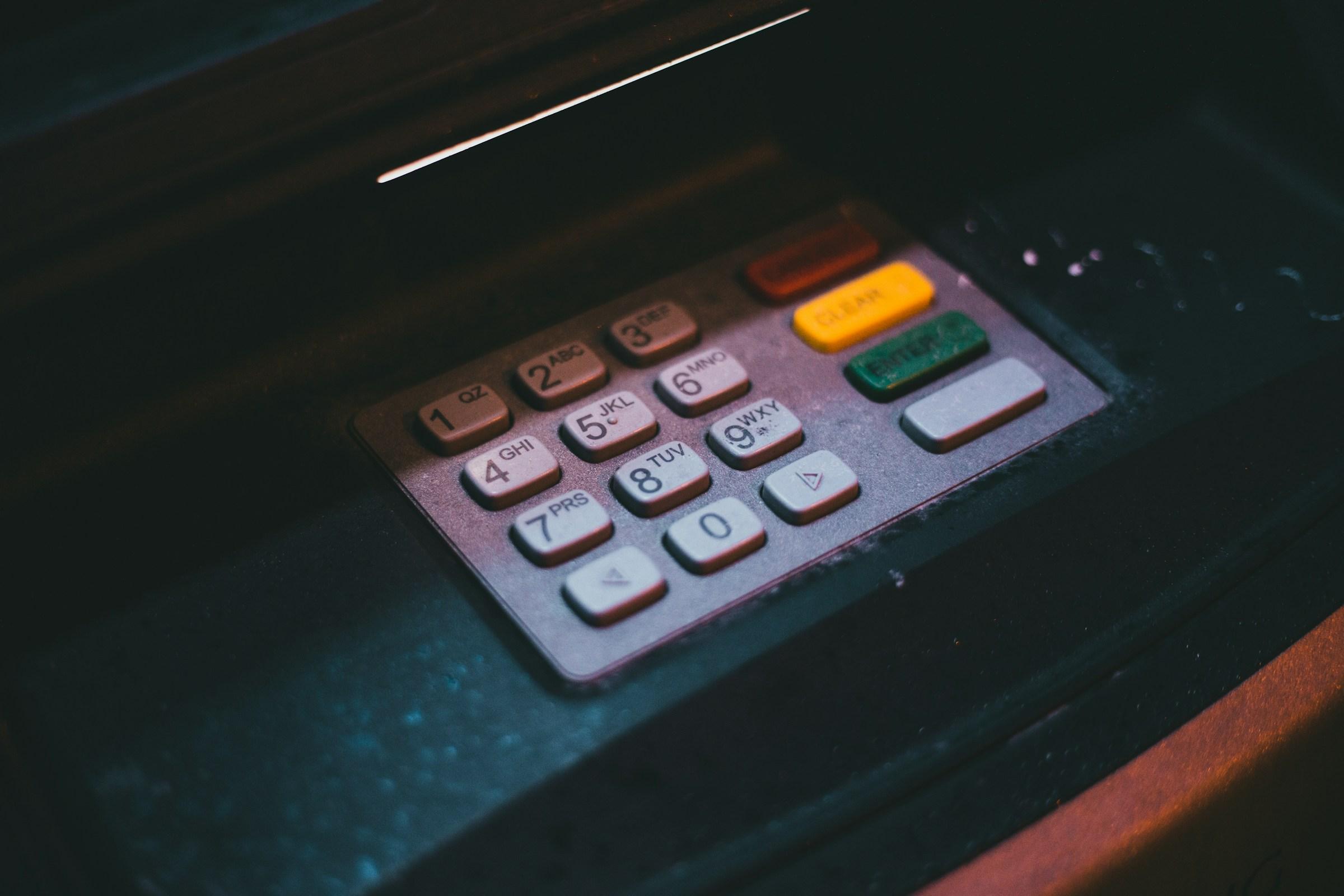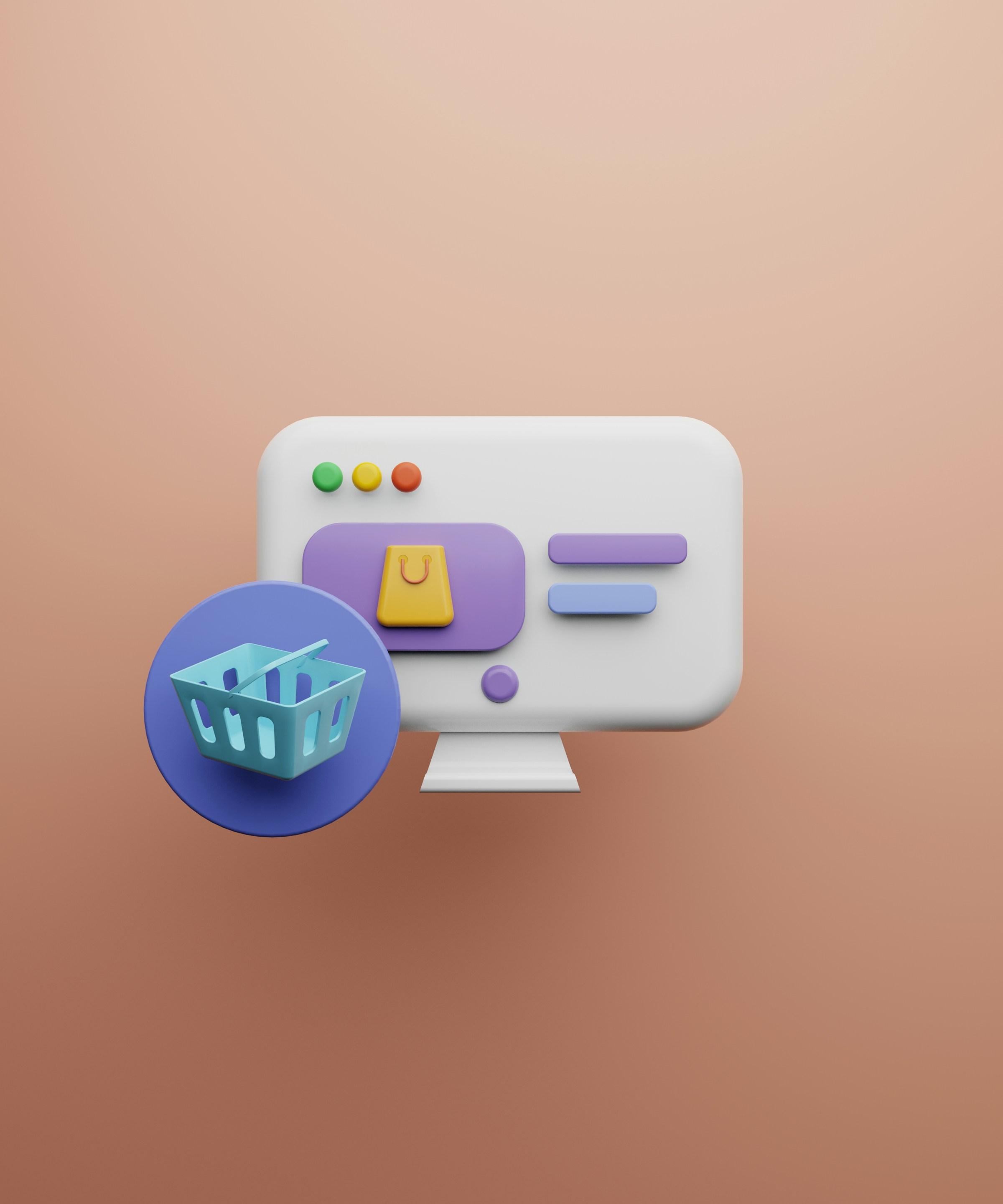Buy now, pay later feels like magic when you are at checkout. You tap a button, the price gets sliced into neat installments, and your bank balance survives the day. No interest for a short plan, a clean timeline for repayment, and a dashboard that looks friendlier than a credit card statement. From the user side it can feel like a win. From the company side it has to be a business, which means real revenue, real costs, and real risk management. So how do companies actually make money here, and what should you notice before you keep splitting every purchase into four?
Start with the obvious line item that you never see but every merchant does. BNPL providers charge the store a fee each time you choose installments. Think of it as the merchant discount rate, but chunkier than the standard credit card swipe. Stores say yes because conversions lift when you reduce checkout pain. If a higher conversion rate plus a bigger basket beats the fee, the math works and the BNPL provider walks away with revenue on every approved transaction. The user pays nothing upfront for that privilege, which is exactly why the model spread so quickly.
That first revenue stream is the foundation, but it is not the whole story. Many providers issue virtual cards to fund the purchase. When that card rides the Visa or Mastercard network, the provider earns a slice of interchange. It is not massive per transaction, but at scale it stacks. In some markets the BNPL operator partners with an issuing bank and shares that interchange with the partner. In others the provider holds the license and keeps more of the slice. Either way, there is a payments rail under the hood and those rails have small tolls baked in.
If the plan is short and labeled interest-free, you might wonder where the “interest” lives. For those plans, the consumer does not pay interest at all. The merchant fee substitutes for it. However, once term lengths stretch beyond the classic “pay in 3 or 4,” interest shows up. Longer plans often look like point-of-sale loans with interest charges that kick in after a promotional period or apply from day one, depending on the product. This is traditional lending dressed in app UX. The company earns interest revenue, but it also carries credit risk and funding costs, so the margins depend on how well they price risk and how cheap their capital is.
Late fees are another line item. Many BNPL brands built their image on low or capped late fees, and some jurisdictions limit or ban heavy penalties. Even with caps, late fees bring in revenue that can be meaningful when scaled across millions of accounts. Companies try to nudge you to autopay because missed payments increase their collections costs and raise default risk, which wrecks unit economics. A small late fee can still be profitable if it encourages quick curing, but the core play is to keep loss rates low rather than to farm penalties.
There is also the float. When a provider pays the merchant quickly but draws your installments over weeks or months, money moves through accounts with timing gaps. If the firm manages settlement and treasury well, it can earn interest on the float. The impact varies with rates and with how fast they remit to merchants. When rates are high and operations tight, float helps. When rates are low or settlement is instant, float fades.
Behind the slick checkout, there is a financing engine. Providers fund the loans on their own balance sheet, through bank credit lines, or by bundling receivables into securities that investors buy. Securitization can be powerful in growing markets because it frees up capital to write more plans. It also adds fees on the structuring and servicing side and can improve the cost of funds if investor appetite is strong. The tradeoff is exposure to credit cycles. If default rates rise or investor demand cools, the cost of funds goes up, which squeezes margins unless merchant fees or consumer pricing adjust.
Some providers monetize on the merchant side with software and services that look a lot like SaaS. Think dashboards that show conversion lift, cohort repayment quality, and promo tools to target customers who are likely to buy if offered installments. Merchants might pay ongoing fees for analytics, featured placement within the BNPL app’s marketplace, or in-app marketing. If you have ever opened a BNPL app and seen a shopping feed, that is not just for vibes. It is a traffic engine that the provider can rent out to brands. The provider becomes both a lender and a discovery channel, which helps diversify revenue beyond pure transaction fees.
Affiliate revenue sits nearby. When the BNPL app drives a user to a partnered merchant and a sale happens, the provider can collect a referral fee on top of the payment revenue. You will not notice it directly as a shopper, but it is part of why the home screen of these apps looks more like a shopping platform than a payment utility. The more the app behaves like a marketplace, the more surface area it has to sell to merchants.
There is also card monetization when BNPL migrates into everyday payments. Several providers now offer debit-like cards that let you split a purchase after the fact. When users adopt the card for general spending, interchange revenue grows and the provider can cross-sell paid features. Think of subscription tiers with perks like bigger limits, instant rescheduling, or premium support. Subscription revenue is not the main pillar yet for most operators, but it adds a steadier layer to the model that is less sensitive to holiday peaks or fashion cycles.
Data is frequently brought up, so let’s be clear about how it fits. Providers use transaction and repayment data to underwrite better, reduce fraud, and tune limits. That internal use increases profitability by cutting loss rates. Selling raw personal data is not the lever here. The real monetization is smarter underwriting, lower fraud, tighter collections, and merchant tools that convert better because they are informed by behavior patterns. In regulated markets, privacy rules shut the door on the more aggressive interpretations of “data monetization,” which is good for users and forces providers to win on actual product performance.
If that is the revenue side, what about the costs that threaten it. Credit losses are the biggest swing factor. BNPL focuses on smaller tickets with short terms, which helps, but a job loss or budget shock still turns a good cohort into a leaky one. Marketing is another heavy cost, especially in markets where providers are racing for merchant integration and app installs. Payment network fees and chargebacks take a cut. Engineering and compliance are not cheap. And then there is the cost of funds. When interest rates rise, every lent dollar becomes more expensive to carry unless you offload it quickly or pass the cost on through pricing.
Regulation is changing the room layout as the category matures. Some countries now treat BNPL more like credit, which means disclosure rules, affordability checks, caps on late fees, and complaints processes. For providers with a balanced model, added compliance is manageable and can even help squeeze out weaker players who relied too much on penalty fees or sloppy underwriting. For models that depend on aggressive growth and soft checks, margin compression is real. You will see it in the shift toward longer-term, interest-bearing products and in deeper partnerships with banks that already live inside these rules.
So what does this feel like if you are the user who just wants a nicer way to buy a pair of headphones. Start with the merchant fee insight, because it cascades everywhere else. The reason you see BNPL at checkout is that stores are convinced it boosts sales enough to justify a fee, which means you are being asked to borrow because it helps the store move product. That is not inherently bad. It is just the context you should hold. Free short-term plans exist because the merchant covers the cost. When you go longer term, interest can show up. When you pay late, fees appear. When an app feels like a shopping feed, it is not just helpful UX. It is demand generation that unlocks affiliate and ad dollars for the provider.
If you are asking how do companies make money on buy now, pay later, the clean answer is this. They collect fees from merchants on every approved transaction. They sometimes earn interchange when they run purchases through card networks. They charge interest on longer plans and fees when payments are late. They may earn a small amount from float when money timing lines up. They securitize receivables or borrow from banks to keep capital light. They sell merchants analytics, placements, and traffic inside their apps. They offer cards and subscriptions that diversify cash flow. They underwrite smarter over time using repayment data, which quietly increases all the margins by lowering losses.
Now flip the camera back to you. The tool is useful when it protects your cash flow without turning small purchases into rolling debt. The trap is treating every checkout as a chance to smooth pain instead of asking if the purchase fits your budget in the first place. Interest-free for six weeks sounds harmless until three or four of those stacks line up and your next pay cycle is already spoken for. Longer plans that carry interest might be fair for big, durable items, but they are still loans. If your BNPL app starts to feel like a social feed that nudges you to browse, you are no longer in a payments tool. You are standing inside a store that lives on your phone.
Think about your month, not your checkout. If your income is variable, autopay can be risky unless you keep a buffer in the funding account. If you know a travel month will be expensive, do not stack new plans in the weeks leading up to it because the repayments will collide with your trip expenses. If you want to build credit and your market reports BNPL data, consistent on-time payments may help. If your market does not report, the app will not move your score. You cannot hack a credit file that does not collect those signals.
The providers will keep experimenting. Some will lean into co-branded cards and subscriptions to look more like full-stack neobanks. Some will push deeper into merchant tools and stay payments first. Some will pair BNPL with savings pots and cashback to keep you inside their ecosystem. The winners will be the ones whose bad debt stays low without spamming declines, whose cost of funds is stable through cycles, and whose merchant tools actually lift sales rather than just shifting them across channels.
Here is the practical mindset to carry the next time you hover over that split-into-four button. Ask whether the thing will still be useful by the time you finish paying for it. Map your upcoming autopays against your paydays and see if the cash flow stays calm. Treat interest-bearing plans like any other loan and compare the total cost. If the app keeps dangling “limited time” promos that feel like pressure, mute the notifications for a month and see if your spending drops. Convenience should serve your plan, not set it.
BNPL is not a scam and it is not a miracle. It is payments with lending wrapped in a friendly UI. The companies behind it make money in predictable ways that mostly make sense when you look at the incentives. Your job is to keep your attention on the parts that touch your money flows in real life. If the tool smooths short-term timing and helps you avoid more expensive credit, it earns a spot on your phone. If it turns every tiny desire into a monthly commitment, it is time to uninstall or at least set stricter rules. The model will keep evolving with rates and regulations. Your best defense is simple. Know what each tap costs you, not just today but on your next payday. And keep the convenience, not the debt, as the thing you repeat.
Final note for searchers who want the blunt version. how do companies make money on buy now, pay later is answered like this. Merchant fees carry the load. Interchange, interest on longer plans, and late fees add layers. Float and securitization make the funding side work. Merchant marketing, app marketplace traffic, cards, and subscriptions diversify the rest. Everything else is operational execution that decides whether those lines stack into a durable business or just a growth sprint that falls apart in a credit cycle. My verdict as your friendly skeptic is simple. Use the feature when it genuinely matches your cash flow. Skip it when the timeline is longer than the item’s value. It is better than a payday loan, but it is not free money.



.jpg)

.jpg&w=3840&q=75)

.jpg&w=3840&q=75)
.jpg&w=3840&q=75)
.jpg&w=3840&q=75)

.jpg&w=3840&q=75)
.jpg&w=3840&q=75)

